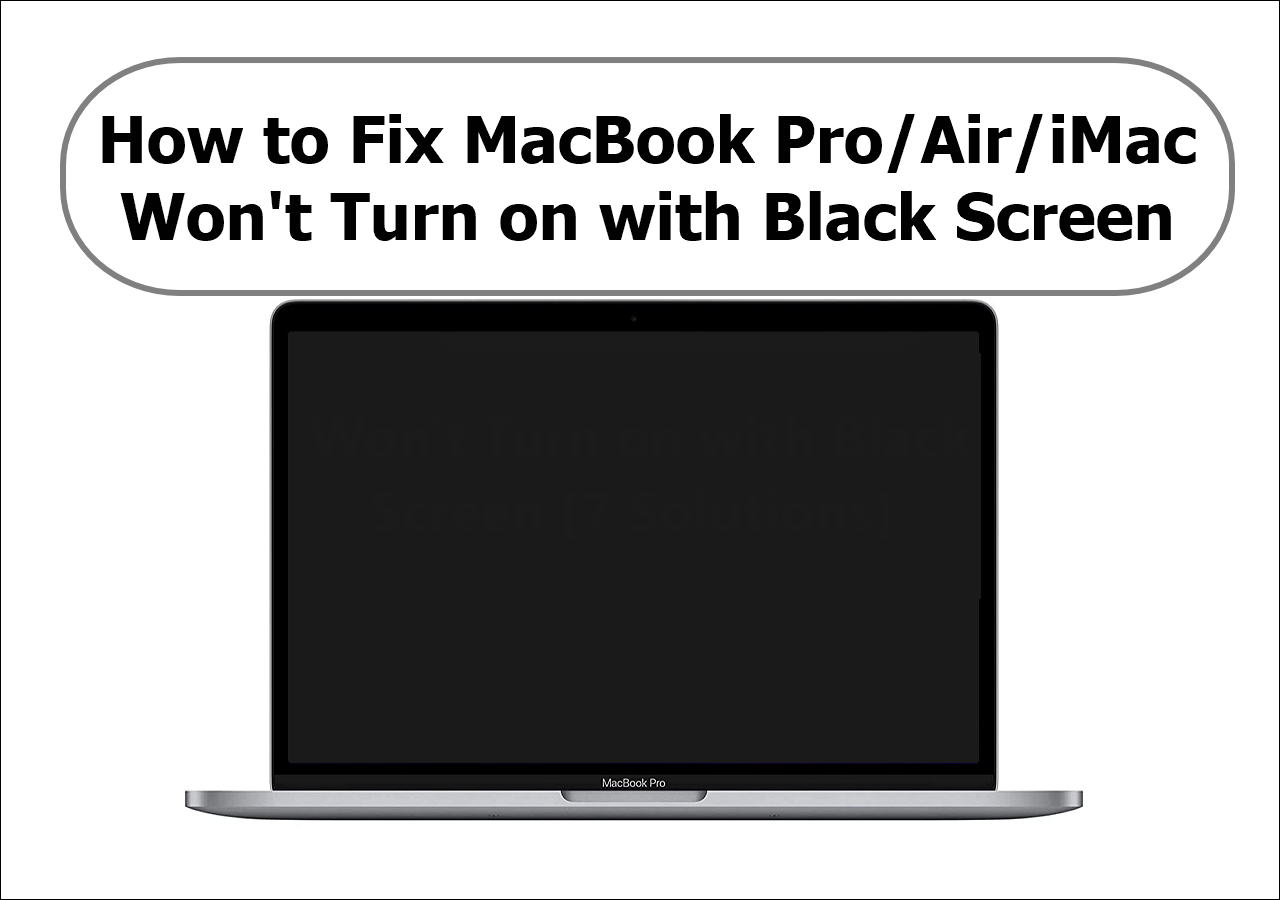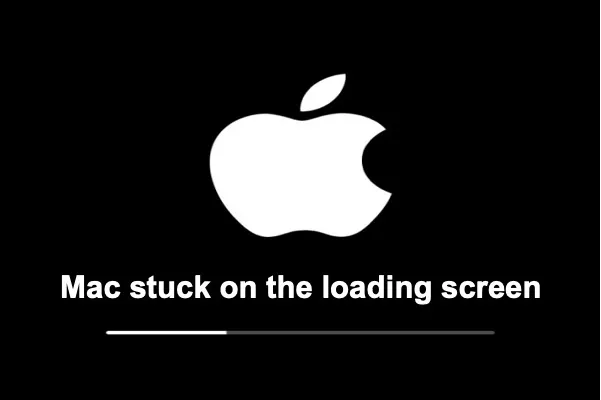Your cart is currently empty!
What happened to my MacBook it Won’t Turn On

Overview
A non-firing item is one of the most depressing electrical issues there is. There are fixes for other problems. External speakers, keyboards, mice, and displays can all be connected. But getting around a device that refuses to turn on is impossible. It feels so definitive, as though there are only so many things you can attempt before writing off its demise and throwing it in the garbage. Resurrecting a dead MacBook is actually more akin to a mystery book. A few well-placed hints can make a big difference.
First Actions
Below are some basics to get you started before taking on more involved options.
Carry out a hard reset. Hold your device’s power button for approximately fifteen seconds, then let go. After a short while, try turning it on once more. Any minor hiccups in the startup procedure can be fixed using this.
Cut off any accessories. Multi-port hubs and docks cause issues, particularly when numerous objects are connected.
Reset the SMC or System Management Controller. Any inaccurate or problematic starting settings managed by the SMC can be cleared by them.
PRAM or NVRAM reset. These words refer to a tiny amount of RAM that houses the Mac’s system configurations. Resetting it could fix a setting issue.
Look for any indications of authority that could point you in a different direction. It is more likely that a blank display is the cause of your problem if you are receiving a response here.
Clicks on the trackpad. Note: This is limited to all Retina MacBooks and MacBook Pros model years 2015 and up, as well as MacBook Air model years 2018 and above. A haptic motor is used in these models to replicate the sensation of a click.
The keyboard lights turn on when the Caps Lock LED light is pressed.
There is a Touch Bar on.
The sound of the fans spinning or the heat exhausting from the vents.
It has the backlight on. Viewing this in a dark room is preferable as it can be subtle. If the lid of your model has a white Apple logo, it will also be illuminated.
When a charger is connected, sound.
1. Bad Power Source
Even if your computer is operating flawlessly, your charger may be broken. Or even the outlet on your phone. If you have access to another charger, make sure you give it a try.
Verify whether the charger light is on if the device is a MagSafe model. If not, it helps to focus on the problem. A MagSafe LED does not indicate the trackpad, Logic Board, Power-In Board, and charger on specific models.
Turn the charger around (180 degrees from the initial connection method). Occasionally, a problem with the reversible charger plug is limited to one side.
It could only require a new cable for USB-C versions. These chargers no longer have their lines fixed to the power brick.
2. Battery:
Batteries are evil. Because of their “consumable” character, they frequently fail, though not always in expected ways. A bad storm could result in a no-power issue, even though they usually die gradually and with decreasing power over time.
Take the battery out and attempt to turn it on. With it, most MacBooks will boot. If it turns on, the problem is probably with your battery.
Note: There are unusual ways on some Macs to disconnect the battery. Go to the guide for your model to ensure it’s done correctly.
Macs often boot slowly without a connected battery and with a high fan speed. When data from temperature sensors, such as those in the storm, deviates from expected ranges, this safe mode is triggered.
Look for apparent indications of battery leakage, swelling, or age. The trackpad or keyboard may become more manageable if the batteries are airtight. The underside of these parts experiences upward pressure when the storm boasts.
3. Corruption in Firmware
If your Mac is from 2018 or later, it’s conceivable that your MacBook experienced a problem or lost power during the firmware update. Because of this, it may need to turn on when it simply misses the bootup instructions. DFU mode or a direct firmware upgrade can assist in identifying or resolving this problem.
Give the power button a firm twenty seconds of pressure and hold. After a few seconds, let go of the control and try turning it on again. If DFU mode was accidentally enabled on your device, this will trigger an average boot attempt.
You will need a USB C cable and a second Mac to run Apple Configurator 2 to restore a known good copy of the firmware.
To enter DFU mode on your Mac, refer to the Apple Support website. To get Configurator to recognize the device, you must unplug and reinstall the wire connecting the two Macs.
Note: There are subtle variations in the process for Macs using Apple Silicon CPUs.
Go to the following section if your device won’t enter DFU mode or isn’t detected.
Try reviving yourself first. This will apply a fresh firmware version to the device. The Apple logo should appear on the device’s screen during this process.
If the Revive doesn’t work, ensure you have a reliable backup before attempting a restore. Note: By doing this, the internal storage will be reset. Your data will be deleted, and depending on the model of your device, you might also need to reinstall the operating system.
If a problem occurs during this process, consider using an alternate USB cable, a different internet connection, or both. If you still have trouble, visit the Answers Forum for more one-on-one help. Note down any error codes that appear. They can assist in identifying the underlying problem.
How to install macOS onto a fresh SSD using Internet Recovery
How to install macOS onto a new SSD using Internet Recovery
Internet Recovery offers several practical uses. This tutorial will walk you through using Internet Recovery to install a brand-new macOS installation on a corrupted or empty SSD.
Only Apple Macs manufactured after 2009 are compatible with Internet Recovery. To activate Internet Recovery, you must update to the most recent macOS version if your machine was released in 2010 or 2011.
Between thirty and one hours, incredibly simple
4. Power-In Board:
Various variations of MacBook power input are available depending on the model. It serves as both the entry point for power into the system and a common failure point, regardless of whether it has a USB C connector, one of the three MagSafe types, or an outdated barrel connector.
Examine the port visually from top to bottom. For interiors of USB C ports, use a flashlight. Liquid can enter quickly at this point. Here, corrosion can flourish and go unnoticed.
Look for burn or corrosion indications. Pull out the related part by opening the machine and inspecting anything suspicious. This kind of check is very beneficial for USB C ports.
Spills can cause damage to USB C ports. If liquid doesn’t get into the machine, problems could still arise from corrosion in the port.
MagSafe ports are more likely to have noticeable external charging.
If you are utilizing a third-party charger, be especially cautious. There is a far higher probability that they will harm your computer or the port.
The MagSafe board on MacBook Airs is connected to an IO board++ or general input/output board. This can be the reason why your charger’s light isn’t on.
Test points are abundant on these boards, represented by the metallic circles strewn over the board. Their close closeness to the machine’s edge makes them vulnerable to degradation, corrosion, and patina.
A portion of these are test points meant to gauge the circuit. Some are locations where you can connect to an already-existing electrical circuit. The line it is on can be broken if the copper has deteriorated.
A problem could also exist with the cables that link these boards to the logic board.
5. Broken Trackpad
Trackpads, or the trackpad cable, are a typical cause of No Power despite appearing to be an uncommon cause. The culprit is as simple as fluids. This is a hot site for corrosion because there isn’t much protection from liquid here.
Block Picture
Try turning the trackpad on by unplugging it from the logic board. High fan speeds and a very slow boot are likely to occur. This is anticipated. It is the result of a defensive mode that Macs enter when there is no data from temperature sensors, such as the trackpad sensor.
The MacBook Air is particularly vulnerable to this issue. Take out the battery and look for any evidence of liquid around the trackpad’s edges. This cable connector is prone to being struck.
Use isopropyl alcohol and a cotton swab to clean the trackpad. If it has been impacted by liquid, then do another test.
When exposed to fluids, the connectors’ metal contacts frequently suffer damage. Replacing the trackpad, the cable, or both might be essential. Magnification could be helpful to assess the damage.
Six Wi-Fi issues
Like numerous other gadgets, MacBooks’ Wi-Fi capabilities were expanded by attaching a specialized card for Bluetooth and wireless internet access. Although these cards are now part of the logic board, they are still susceptible to malfunctions.
2015 MacBook Pros, 2017 MacBook Airs, and Previous Models
These versions come with an Airport Card or dedicated Wi-Fi. Try taking it out and rechecking the power. When disconnecting the antenna cables, be careful to record their order. It can be more clear-cut.
2018 MacBook Airs, 2016 MacBook Pros, all Retina MacBooks, and Later
The logic board of these devices is directly soldered to the Wi-Fi card. This complicates but does not rule out a correct diagnosis.
Look for any indications of liquid, heat, or other damage to the Wi-Fi chip or its surroundings.
You should go to this website’s “Logic Board” portion if you think this is the problem.
7. Improper Storage
Unbelievably, a malfunctioning solid-state drive (SSD) or hard drive can cause power outages. You must first ascertain the type of storage your device has because storage has changed significantly over the past few decades.
MacBook Airs from 2009, non-Retina 2012 MacBook Pros, and Previous
A 2.5-inch “traditional” format hard drive, or HDD, is installed in these MacBooks.
After removing the hard drive’s wire from the logic board, look again for power indications.
If power does come on, detach the drive and reconnect the connector to identify the troubleshooting component. Replace the part that, when attached, produces no electricity.
If you own a 2012 Unibody Macbook Pro, you may want to replace the cable anyway because of its reputation for malfunctioning.
Even if you find that your HDD isn’t the problem, switching it out with a solid-state drive is an excellent way to give your older Mac a speed boost.
The retina MacBook Pros from 2012–2015 and MacBook Airs from 2010–2017
The SSD that can be removed from these Macs was created by Apple using a unique blade design. A tiny board that attaches to a slot on the logic board is what’s known as a pin, and the number varies slightly between models.
Take out the SSD and recheck the power.
If your gadget turns on, look into the many kinds of replacements; there are a lot of alternatives. Used first-party Apple SSDs are available, as are SSDs built-in Apple form factor by third-party vendors. Adapters can also convert m.2 type SSDs to Apple slot compatibility.
13-inch MacBook Pro with Function Keys, 2016–2017
The SSD that can be removed from these Macs was created by Apple using a unique blade design.
Take out the SSD and recheck the power.
If your gadget turns on, look into the many kinds of replacements; there are a lot of alternatives. Used Apple SSDs from the first party are available. SSDs in Apple’s form factor were also produced by third-party suppliers, and adapters to convert m.2 type SSDs to Apple’s slot are also available.
It is impossible to separate the storage from any Retina MacBook, 2016 MacBook Pro, 2018 MacBook Air, or newer model since it is soldered onto the logic board. Even though it might have resulted in collateral damage, the storage itself is unlikely to have been the cause. If you think this could be the case, move on to the section labelled “Faulty Logic Board.”
8. Logic Board Problems
The logic board houses the great bulk of a MacBook’s functions. Several of the tiny parts on the board have broken or malfunctioned. If nothing else on this page has worked, a safe assumption is that the cause is a logic board fault.
Look for clear indications of a board problem, such as bent, liquid residue, corrosion, or burned or cracked parts. You still have hope for the resurrection of your Mac if there are indications of liquid.
For a do-it-yourselfer whose logic board has failed, replacing the board is frequently the best workable alternative. You still have options if your board has died and you require data.
If you’re particularly inquisitive, you can use micro soldering to fix the tiny parts on the board. Though it is a commendable pursuit, it is an art unto itself. If you’re interested in learning more about how to do micro soldering and are curious







Leave a Reply